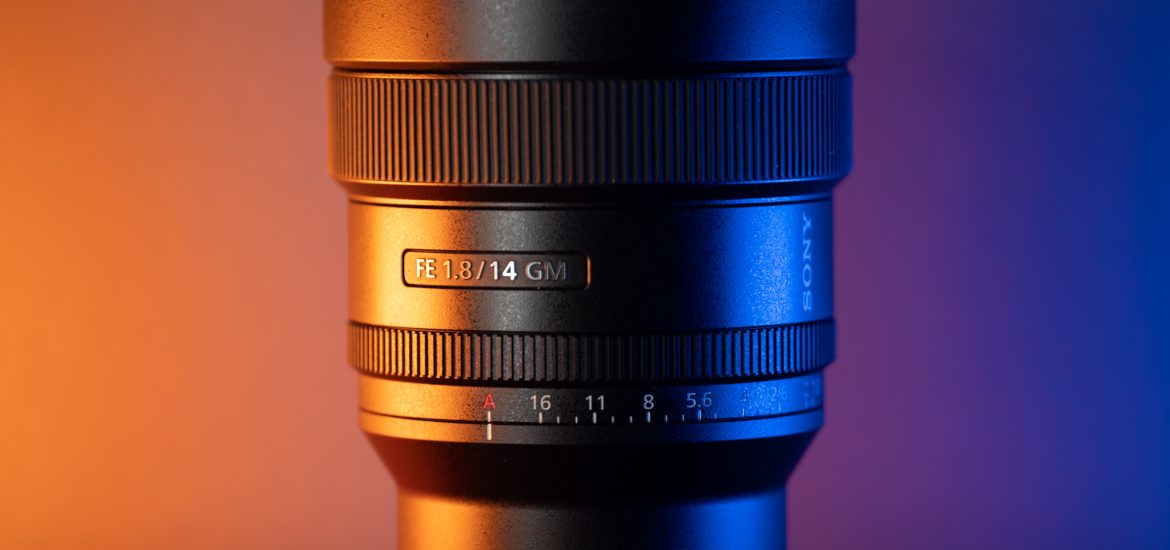The new Sony G Master wide lens is quite unique. Is it worth checking out?
With all the advancements in camera technology that emerged in the past few years, especially with the growing popularity of mirrorless cameras, we’ve seen a significant number of DSLR lens variants that have been revamped for mirrorless cameras and higher-resolution sensors. It’s safe to assume that there will come a time when the standard lens rosters have been completed and newer and more specialized variants will take the stage. That time might just be closer than we think.
Landscape photography enthusiasts might have been wanting ultra-wide angle lenses with bigger apertures for shooting nighttime landscapes, and clearly, the new Sony FE 14mm f/1.8 G Master is a lens that fits the description. Other uses, such as environmental portraits, wide-angle travel shots, interiors, and video could be feasible as well. In this review, we take a look at what this lens has got to offer.
Build Quality and Design
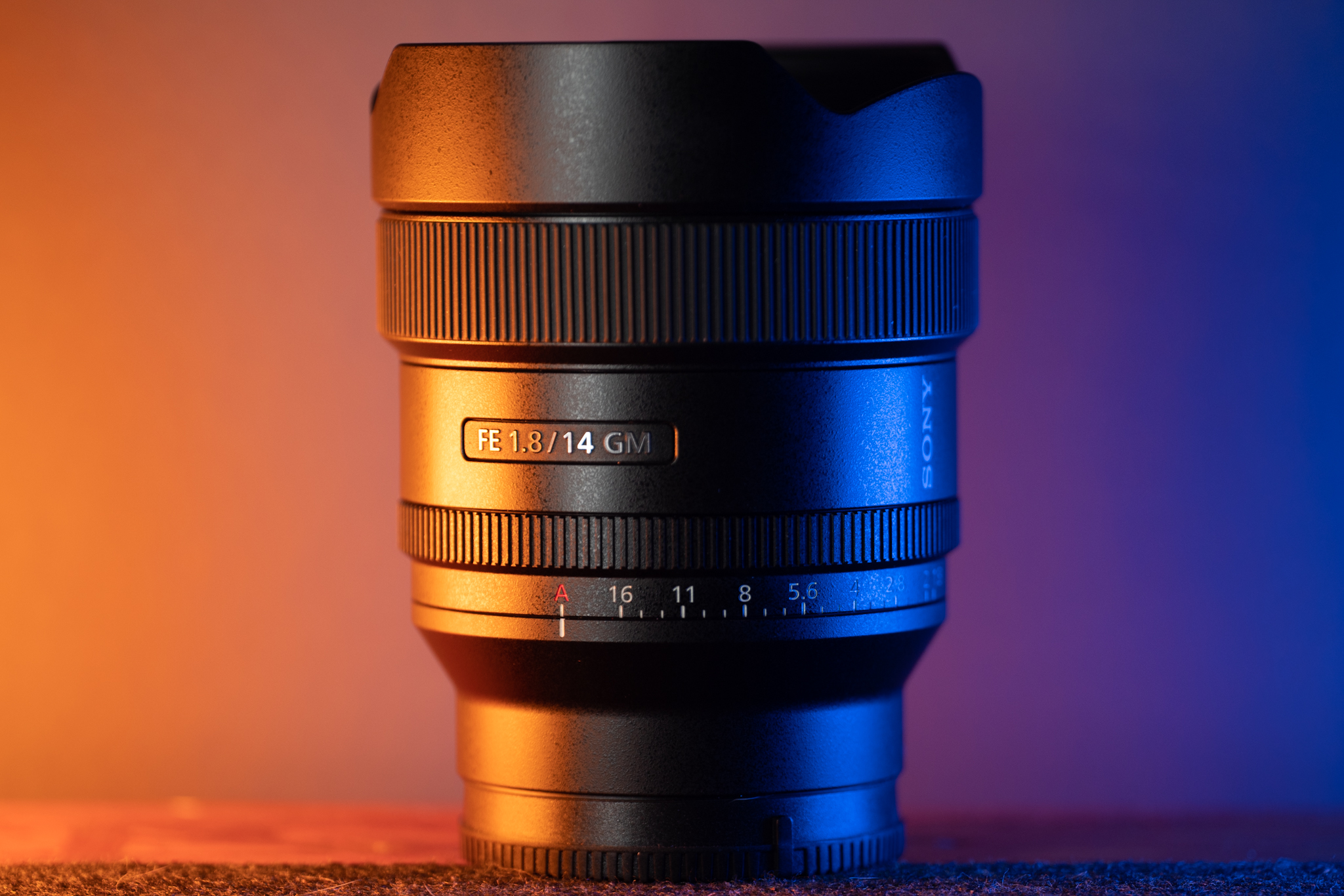
The first significant impression of this lens was that it is way smaller and lighter than one would expect. It comes in at just 460 grams. We know that most ultra-wide angle lenses wider than 16mm usually come in heavier forms, especially with apertures bigger than f/2.8. It does come with a bulbous XA front element, which has some implications in usability for landscape photography when using filters, along with extra-low dispersion glass elements in the assembly. The aperture assembly is made up of nine circular aperture blades.
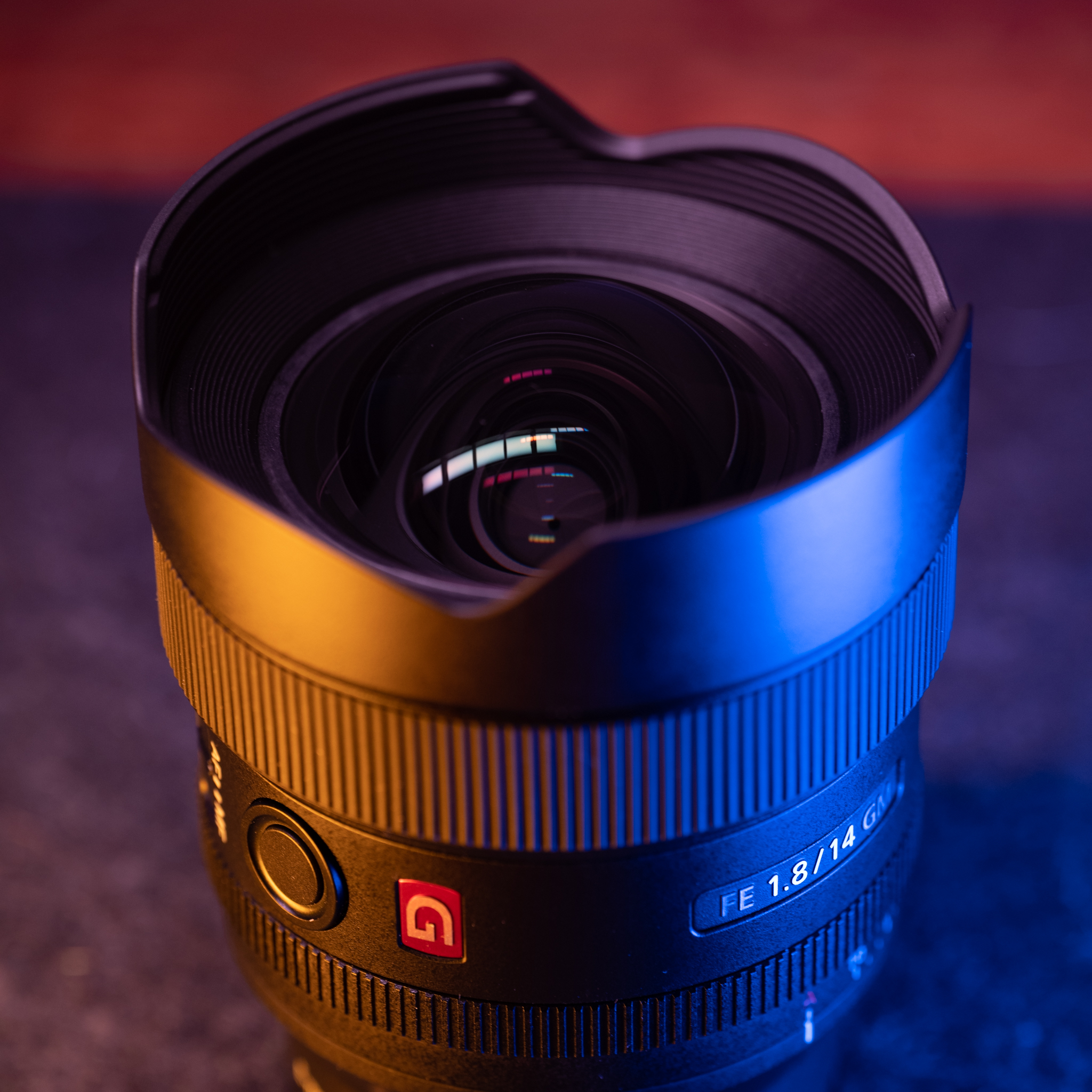 The manual focus ring can be found distally, right by the built-in hood that protects the protruding front glass element, while a second, thinner ring can be found proximally for manual aperture adjustments. This manual aperture ring covers the range of f/1.8 to f/16, along with an extra stop for Auto. An AF/MF switch can be found right beside the focus hold button. The focus hold button can be reprogrammed for other shortcuts, while on the opposite side is a click-control switch for the aperture ring. The mount assembly has a built-in rear filter slot for gel ND filters.
The manual focus ring can be found distally, right by the built-in hood that protects the protruding front glass element, while a second, thinner ring can be found proximally for manual aperture adjustments. This manual aperture ring covers the range of f/1.8 to f/16, along with an extra stop for Auto. An AF/MF switch can be found right beside the focus hold button. The focus hold button can be reprogrammed for other shortcuts, while on the opposite side is a click-control switch for the aperture ring. The mount assembly has a built-in rear filter slot for gel ND filters.
Image Quality, Distortion, and MFD
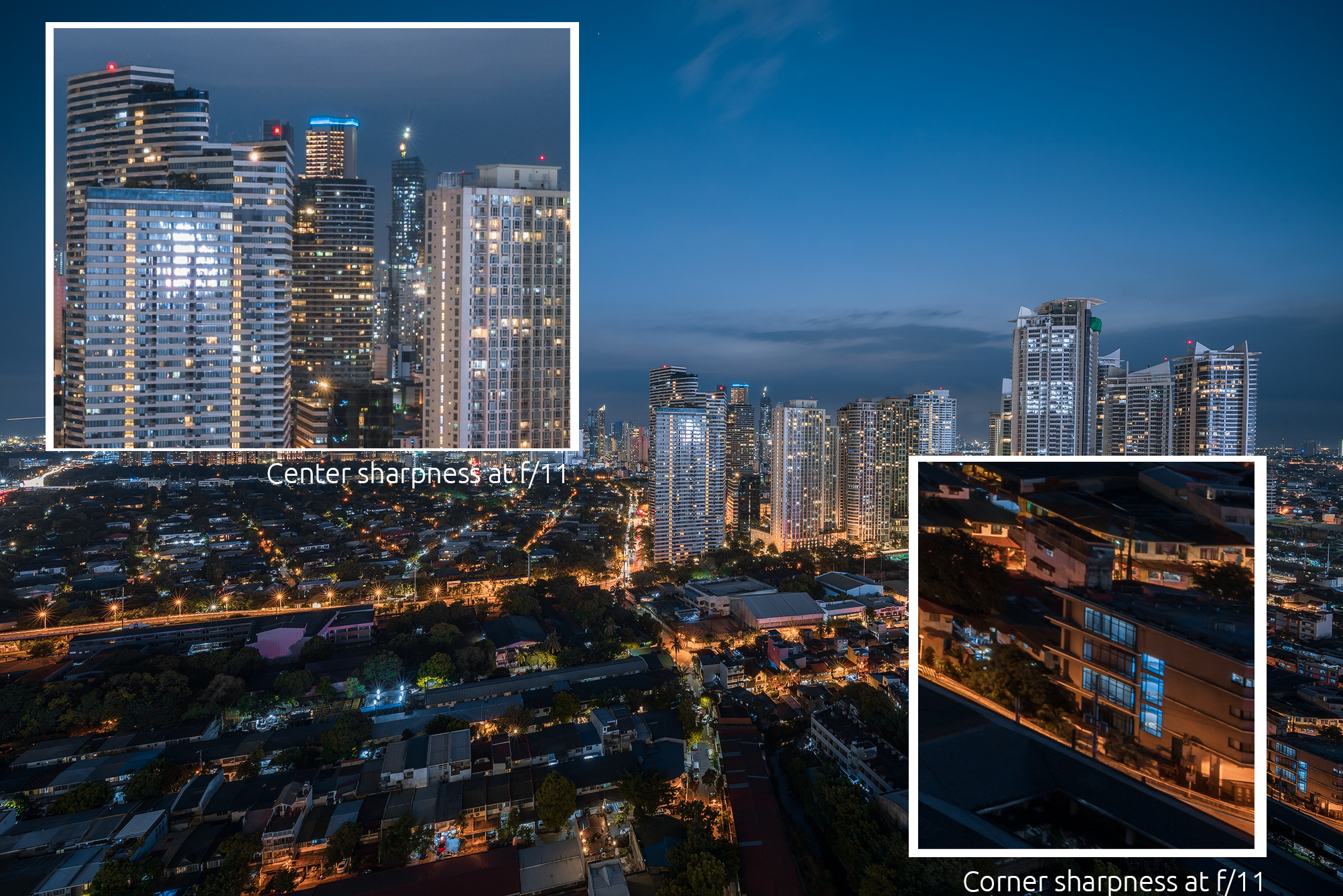
The Sony FE 14mm f/1.8 GM has an area of steady sharpness in the center which was quite consistent throughout the aperture range with just a slight decline at the f/16 end. Generally, the lens had the best corner-to-corner performance around f/8 to f/11. Nonetheless, overall, sharpness was never an issue in my opinion. Color fringing and chromatic aberration were quite impressively managed as well.
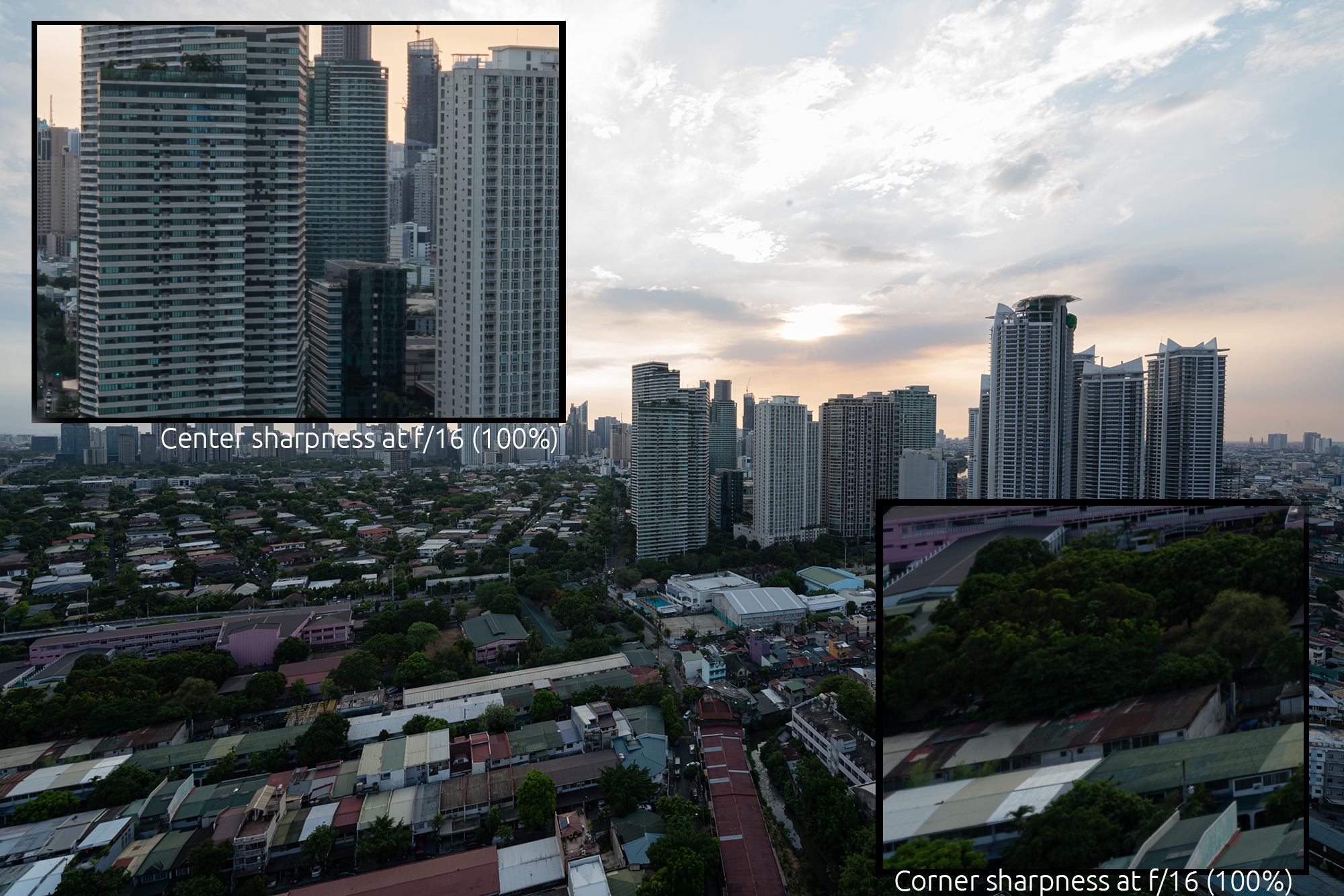
Looking at the images, there appears to be a visible but mild barrel-type distortion that can be seen on the outer 10% of the frame. Realistically, this type of distortion would be easily correctable in post-processing, even with just the embedded lens correction profile once available.
Though such a wide angle of view is not advisable for close-up portraits, the lens does come up with an impressively smooth background blur that creates good background separation from a subject up close. It’s also quite significant that the lens’ minimum focusing distance is just 0.25 meters, making it a good tool for close-up wide-angle images and good for focus-stacked landscapes. At f/1.8, there is a visible vignette that ultimately disappears at f/5.6.
Application
Since the onset, it has always been an intriguing lens for shooting landscapes with the night sky. By the numbers alone, a lens as wide as 14mm would give a unique perspective to nighttime landscapes and would give the photographer the ability to produce cleaner sky details by being able to use lower ISO settings. However, thresholds for such matters vary among individual photographers. I personally want as little noise as possible in my images, which is why I shoot commonly at most ISO 1,600 when using a wide angle lens at f/2.8. The added benefit of having an f/1.8 opening allowed me to shoot at lower ISOs, giving me generally cleaner images. Technically, it would be acceptable to shoot even longer exposure times up to around 45 seconds to allow even lower ISO settings since such a wide angle of view wouldn’t have visible star trailing unless cropped significantly small. Such preference, however, is something that depends on the photographer using it, but I personally am convinced by the added benefit it has given to a 30-second exposure.
For landscape photographers who prefer prime lenses, this would be a convincing choice because of sharpness and chromatic aberration levels. One significant determinant, however, would be whether one would choose to use bigger format filters once a dedicated filter holder is available in the market or if they would consider using rear gel filters instead. One implication of the latter might be an increased risk of getting dust internally when switching between filter variants along with the obvious logistical hassle of having no front filter thread.
Given the very mild and easily correctable distortion, this could also be a good choice for shooting architecture and interiors as it delivers convincing image sharpness. It would also offer an interesting perspective in shooting environmental portraits and even video. The significantly light construction would offer benefits in shooting handheld from high angles, as well as with a motorized gimbal for video. The extra aperture stop would also give an additional edge for shooting events and concerts in low-light situations.
Conclusion
Overall the Sony FE 14mm f/1.8 G Master proves to be an impressive lens of its own class. With good optical performance, focusing, and low-light capabilities, it offers a multitude of possibilities in the hands of creative users.
What I Liked
- Impressive size and weight
- Good optical performance
- Reasonably priced at $1,598
What I Didn’t Like
- Mild vignette when aperture is wide open
- Larger filter and non-standard filter holder compatibility
Purchase
You can purchase yours here.
